Harmony, in short is the vertical aspect of music while melody is horizontal. Monophonic music like the Indian classical music is purely horizontal. In western classical music, we have melodic as well as harmonic intervals in play – melodic interval between 2 successive pitches separated by time and the harmonic interval, which is the interval between multiple pitches sounding at the same instance of time.
Origins of Harmony must be from the need for accompanying a voice to have a greater effect. The accompaniment can simply sing/play the same phrase/melody in unison or in octaves. But this lacks variety and sounds monotonous – consonant pitches (described in Part-1 of this Blog) can accompany a melodic line making it richer and interesting.
In diatonic and chromatic harmony (not atonal), there are 2 types of arrangements, viz. Homophonic and Polyphonic. In Homophonic harmony, a distinct / prominent melody is supported by chords in other voices. Polyphony is two or more voices creating consonance / harmony while moving independently. Consonance need not be occurring on every beat of a measure, but it is important that the dissonance resolves into consonance. This gives a pleasant effect on the human ear especially because it follows moments of dissonance.
Note: Diatonic harmony refers to that made with pitches in a major scale or its modes whereas chromatic harmony uses some pitches outside the scale. Excessive chromaticism can lead to loss of sense of the tonal centre.
4-part harmony is comprehensive in which a complete four-note chord can be formed and cover the pitch range, Bass to Soprano (S-A-T-B). There were instruments / combinations that provided the harmonic support for a leading voice even from the Renaissance period (Lute, Continuo etc.). A modern-day song can be supported by a piano or a guitar with chords in the simplest way, fundamental to most of the present-day popular music. Most of the popular music follow a series of chords in a cyclic fashion called a chord progression, generally based on the root movement (irrespective of whether the root is in the bass).
Texture is another important aspect of harmony in a section of music that can be defined as the density and arrangement of voices (including an orchestral setting) and this leads to the complexity of the music. In general, polyphonic texture is difficult to decipher by the ear as there is more than one independent voice / melody at play.
In general, the principles of harmony are loose: Preferred root movements, avoidance of parallel voice movements (especially perfect 4th/5th), consonance / suspension on metrical accents etc. are some.
Homophonic Harmony:
Irrespective of an interesting melody line, good chord progressions accompanying it can make it sound beautiful owing to root movement and the underlying voice leading (the movement of individual chord voices, especially the high or low voice that are more prominent, in a linear fashion).The general aim of a Chord sequence is to come back to a home key or reach a destination key (modulation). Interplay of various textures within a composition makes it more colourful. Chromaticism in some form and ornamentation add more flavour to the music.
Polyphonic Harmony:
Counterpoint is the key element of polyphonic harmony – there are methods like free counterpoint and imitative counterpoint. There are different musical forms that use these methods to make polyphonic music. Some polyphonic forms are Canon, Fugue, Invention, Sinfonia etc. Most of the music in Renaissance and Baroque periods was polyphonic. It is relatively difficult to keep voice independence, follow harmonic principles and still make it sound good.
Happy learning!
